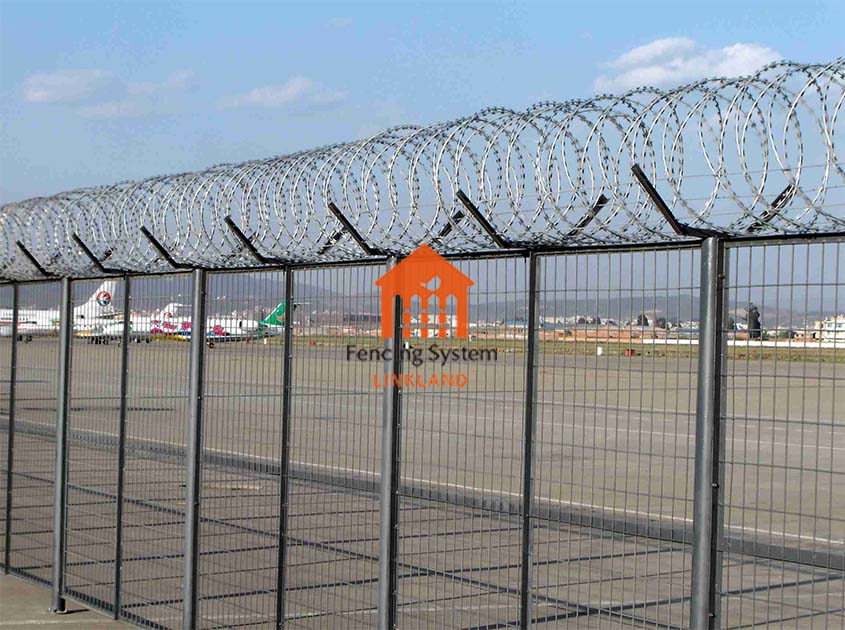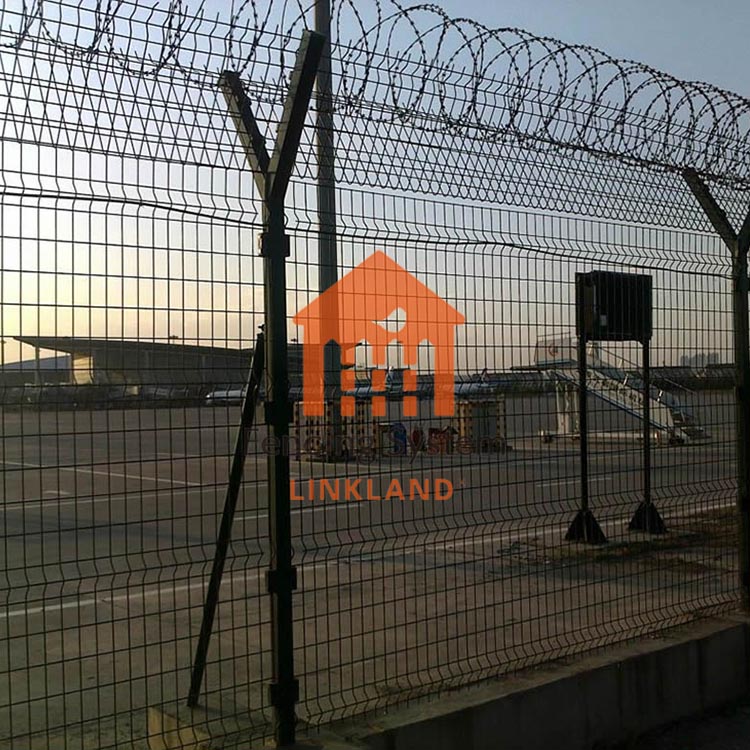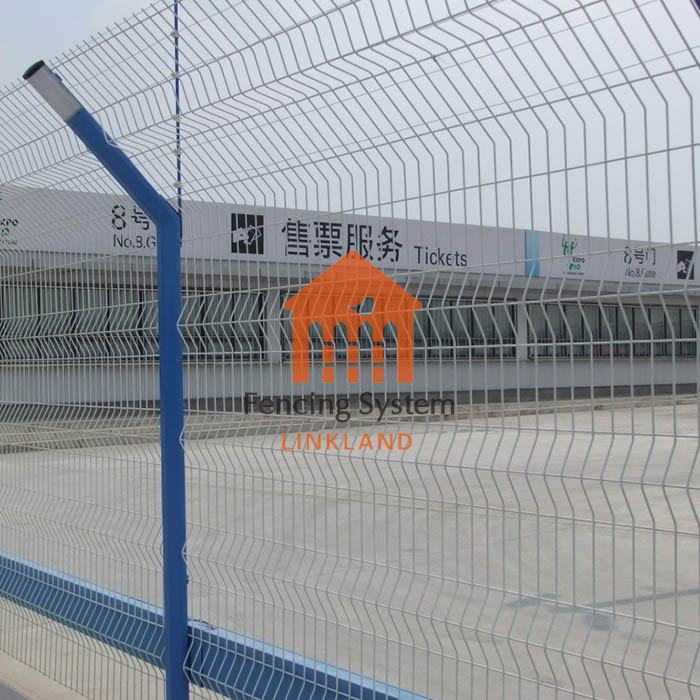- Home
- About Us
- Products
- Service
- Project
- News
- Contact Us
Pulished on Aug. 21, 2023
This article will discuss the safety parameters for determining the height and spacing of fences at airport to ensure optimum safety. The height and spacing of airport fences are key elements in ensuring airport security, so it is important to determine appropriate security parameters.

Security Requirements and Regulatory Standards
Determining safety parameters for the height and spacing of airport fences requires consideration of safety requirements and relevant regulatory standards. Security needs may include preventing unauthorized personnel from entering airport areas and preventing potential attackers from breaching or exceeding fences. At the same time, regulatory standards may dictate specific height and spacing requirements to ensure airports meet safety standards.

Climbing and Jumping Prevention
Precautions against climbing and overrunning need to be considered when determining safety parameters for airport fence height and spacing. The height of the fence should be high enough to prevent climbers from easily climbing over it. Spacing should be adequate to prevent climbers from finding sufficient support or gaps to climb or traverse the fence.

Environmental factors and technical support
Environmental factors and technical support should also be considered when determining safety parameters for airport fence height and spacing. Environmental factors include the terrain surrounding the airport, visibility needs, and the height of surrounding buildings. Technical support can include video surveillance systems, intrusion detection systems, etc. to complement the security of the fence.
Optimal height and spacing safety parameters for airport fences can be determined by considering safety needs, regulatory standards, precautions against climbing and overtaking, as well as environmental factors and technical support. This comprehensive approach helps to ensure that airport fencing systems provide effective security and comply with relevant safety standards and requirements. Determining appropriate safety parameters is critical to ensuring the safety of an airport.
Reasons Behind the Growing Demand for Security Fencing in the Middle East
Pulished on Nov. 28, 2025
Characteristics of Fence Demand in South American Construction Projects
Pulished on Nov. 28, 2025
How Middle East Distributors Can Quickly Evaluate the Quality of Wire Mesh Suppliers
Pulished on Nov. 24, 2025
What Type of Metal Fencing Is Best for Construction in the Middle East?
Pulished on Nov. 18, 2025
358 High-Security Fencing – Maximum Protection for Sensitive Sites
Pulished on Oct. 27, 2025
Welded Wire Mesh Fencing – Durable and Efficient Solutions for Global B2B Buyers
Pulished on Oct. 27, 2025
Cattle Fencing – Strong, Reliable, and Cost-Effective Solutions for Livestock Management
Pulished on Oct. 22, 2025
Garden Fencing – Practical and Decorative Solutions for Residential and Commercial Landscaping
Pulished on Oct. 22, 2025
Reasons Behind the Growing Demand for Security Fencing in the Middle East
Pulished on Nov. 28, 2025
Characteristics of Fence Demand in South American Construction Projects
Pulished on Nov. 28, 2025
How Middle East Distributors Can Quickly Evaluate the Quality of Wire Mesh Suppliers
Pulished on Nov. 24, 2025
What Type of Metal Fencing Is Best for Construction in the Middle East?
Pulished on Nov. 18, 2025
358 High-Security Fencing – Maximum Protection for Sensitive Sites
Pulished on Oct. 27, 2025
Welded Wire Mesh Fencing – Durable and Efficient Solutions for Global B2B Buyers
Pulished on Oct. 27, 2025
Cattle Fencing – Strong, Reliable, and Cost-Effective Solutions for Livestock Management
Pulished on Oct. 22, 2025
Garden Fencing – Practical and Decorative Solutions for Residential and Commercial Landscaping
Pulished on Oct. 22, 2025






 EN
EN SP
SP FR
FR
